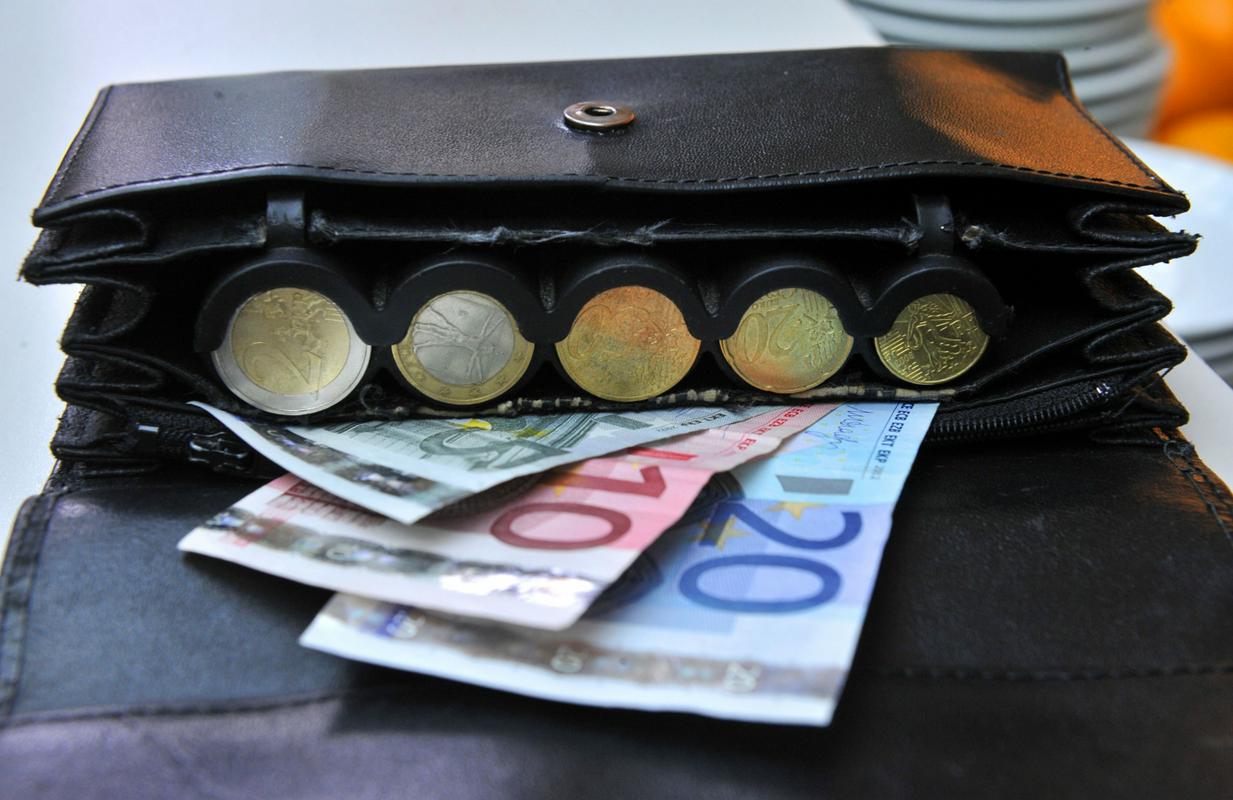
Slovenia has spent around 95 percent of the funds, a large part of which it received after the near-collapse of its banking sector in 2013, said Alenka Smerkolj, the minister responsible for European cohesion.
That year, the government avoided an international bailout by pouring more than 3 billion euros into mostly state-owned local banks to prevent them from collapsing under the weight of bad loans. But political instability made it difficult to absorb further EU cash until a new government took power in 2014 and streamlined the process last year. The EU funds helped the economy to return to growth in 2014 after two years of recession.
Slovenia is one of only eight EU countries that have spent the maximum possible percentage of funds allocated in that tranche. Nineteen others are likely to miss their targets.
Slovenia will be eligible for another 3.3 billion euros from the next tranche of EU funding and plans to spend that too, said Smerkolj. Smerkolj said Slovenia will use those funds for improving research and development, the competitiveness of small and medium-sized companies, energy efficiency and information technology.
"We plan to use the funds for investment in companies which produce sufficient added value to boost the economy and create new jobs," Smerkolj said.
Reuters


































































